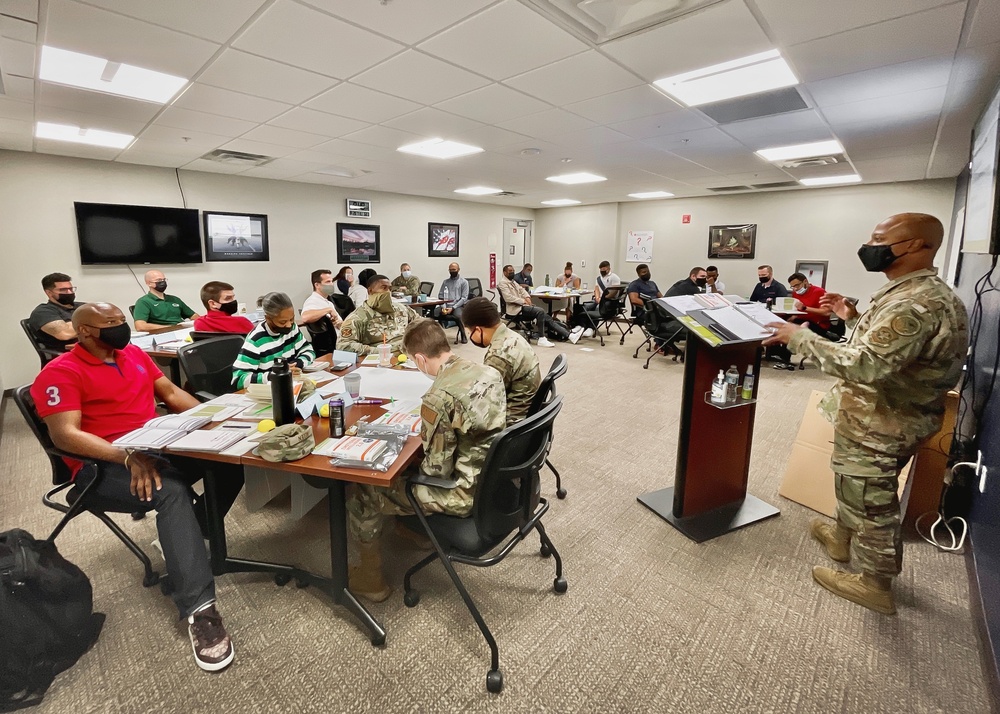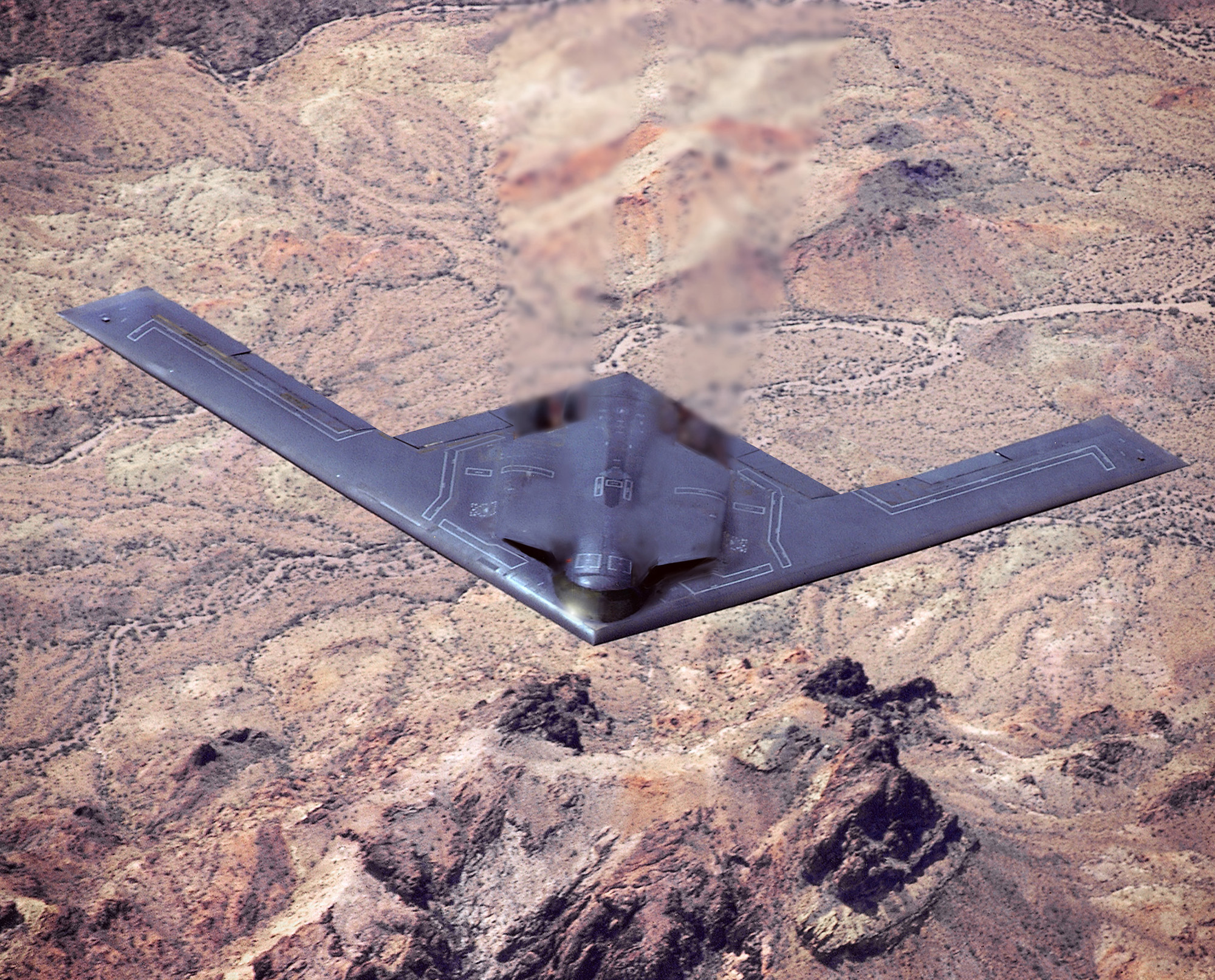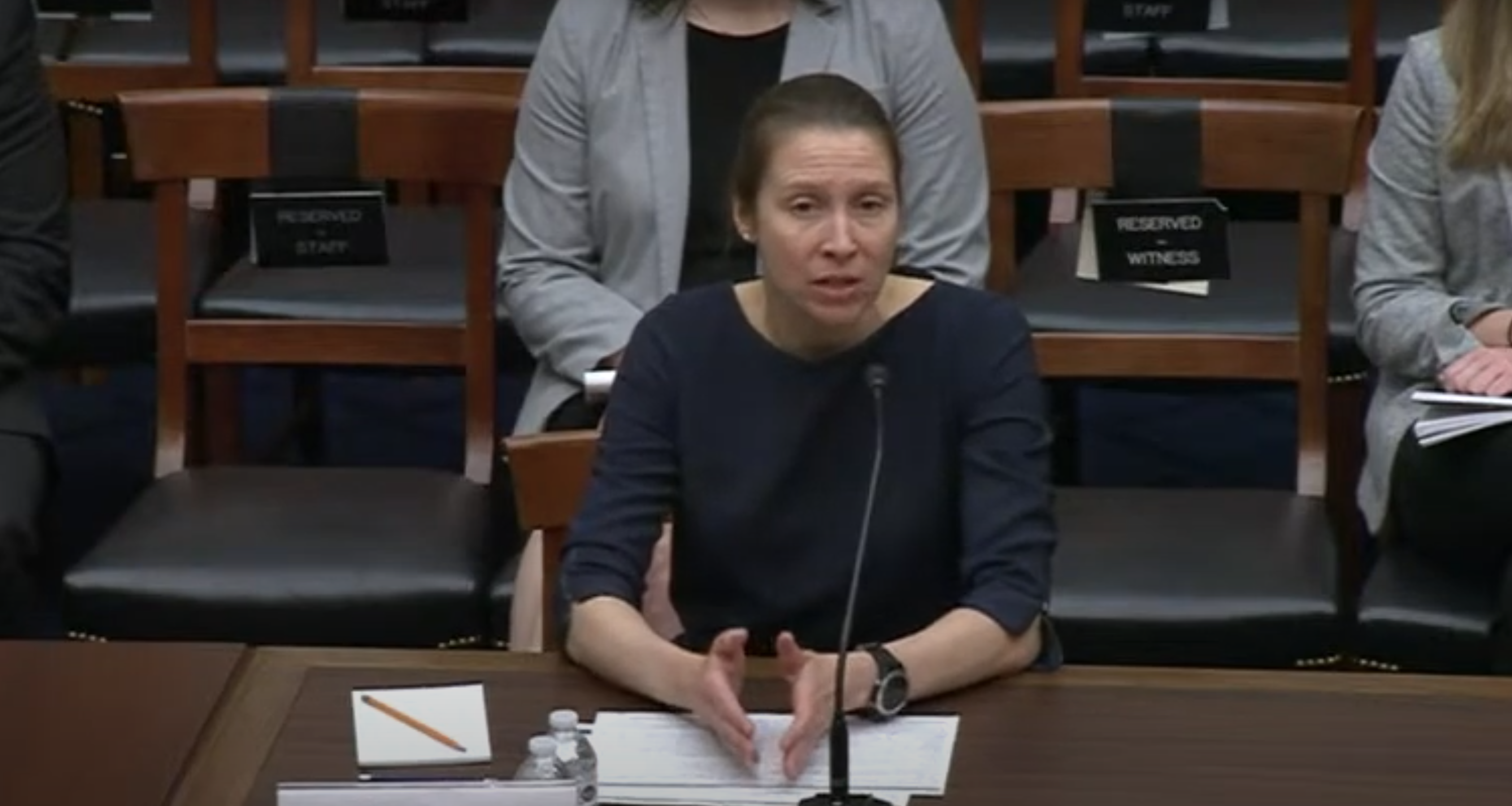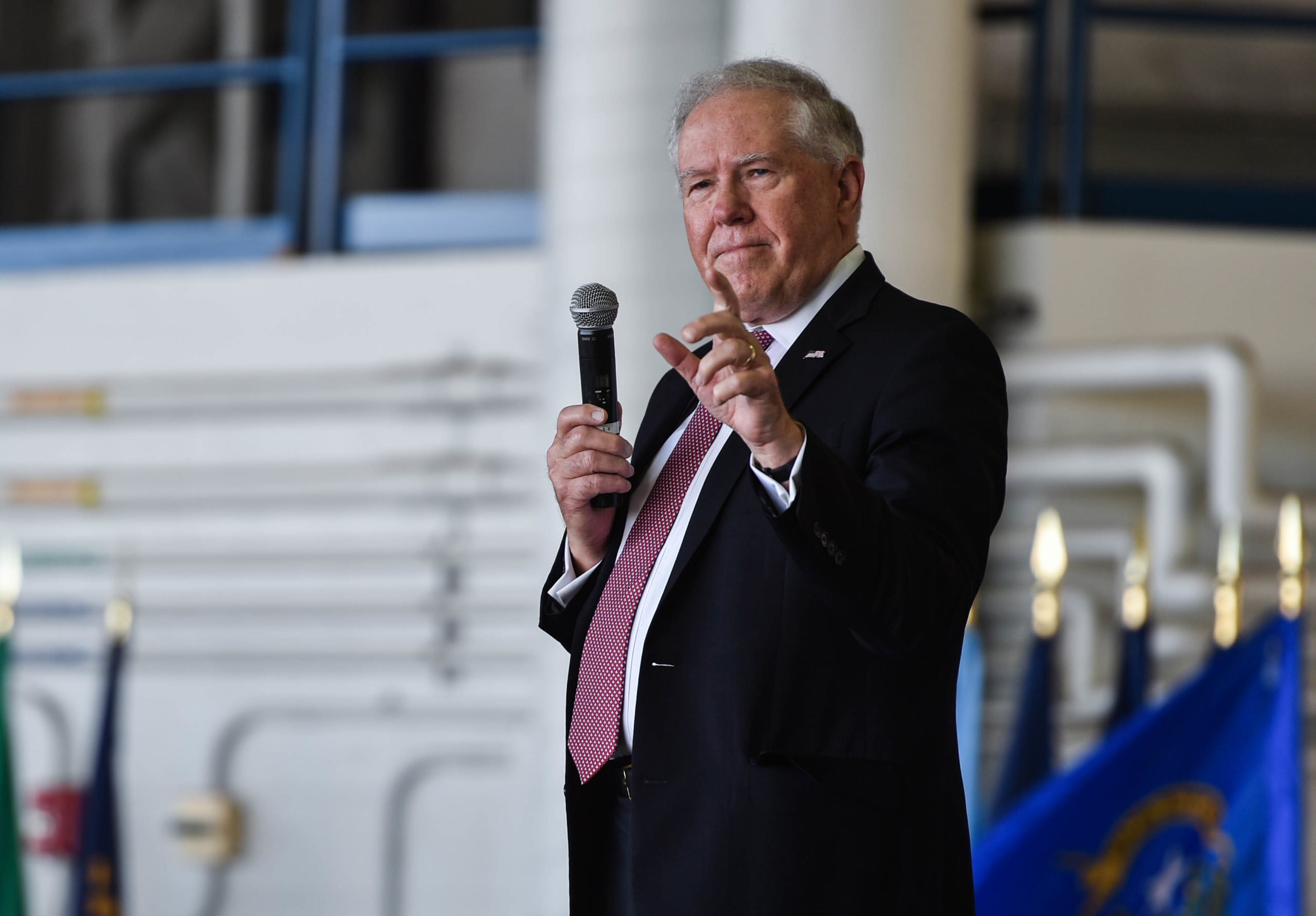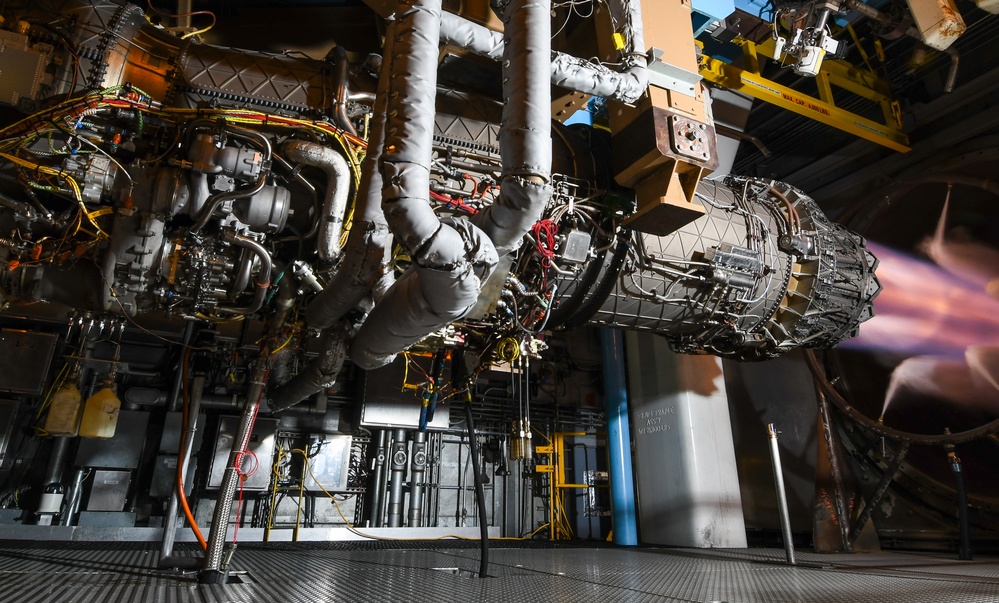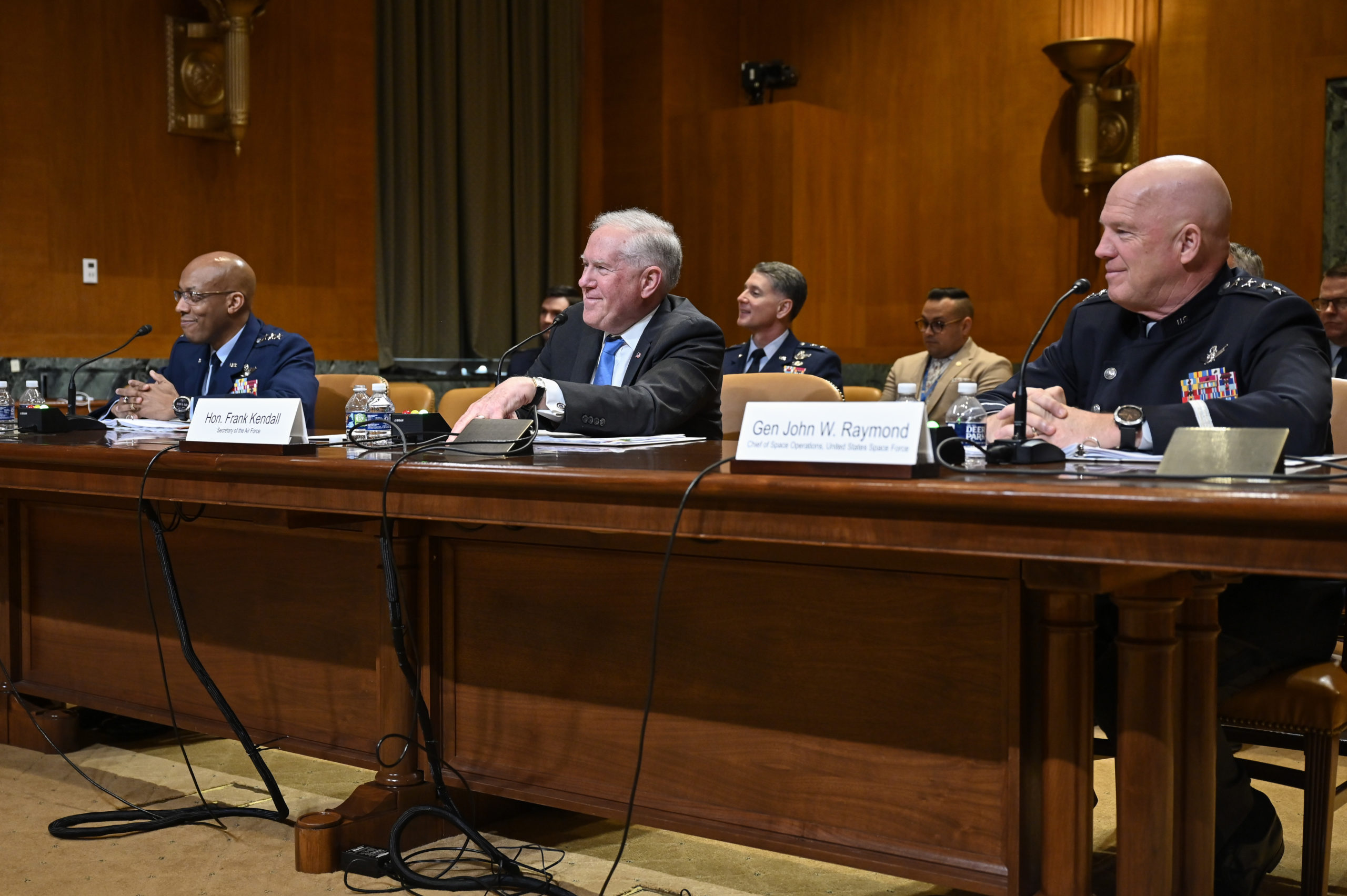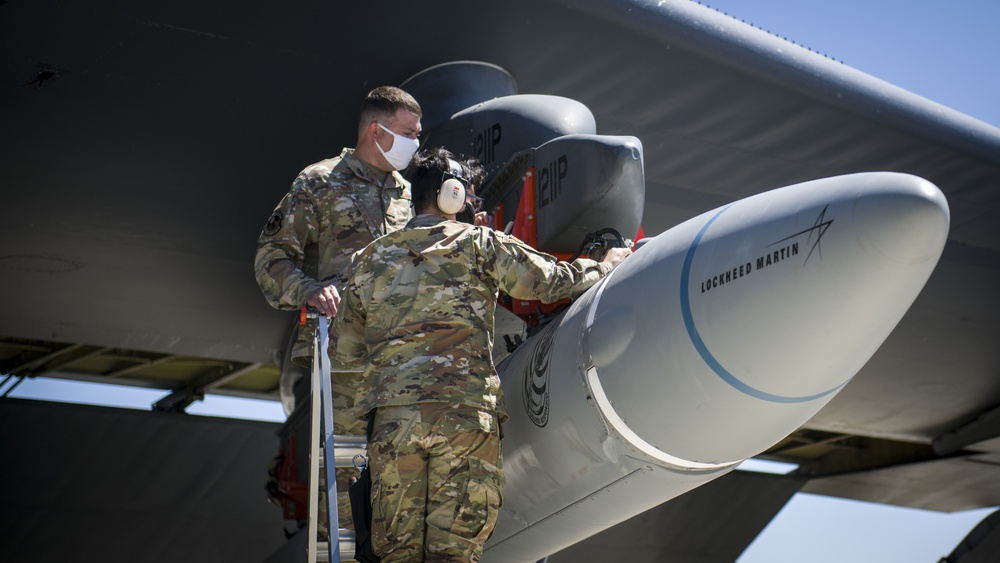U.S. professional military education needs to be more rigorous and data-driven, and the military services need to do a better job of actually utilizing the skills service members learn through PME, lawmakers, academics, and Pentagon officials said in a congressional hearing May 18.
The 2018 National Defense Strategy raised some eyebrows when it stated that PME had “stagnated, focused more on the accomplishment of mandatory credit at the expense of lethality and ingenuity.”
Four years later, facing the House Armed Services military personnel subcommittee, a pair of PME experts and two Defense Department officials outlined a number of issues still facing military education.
Summing up their concerns toward the end of the hearing, Rep. Mike Gallagher (R-Wis.) laid out three main problems.
“One is whether we are selecting the best and the brightest to go to these institutions,” Gallagher said. “The second is whether the institutions themselves are on par with their civilian counterparts, who have a much fancier name or credential. … And then the third, and perhaps most important, is how we’re tracking our utilization of graduates.”
Who’s Going
Before the Goldwater-Nichols Act became law in 1986, joint assignments were considered a “pariah,” retired Marine Corps Lt. Gen. Robert E. Schmidle Jr. told lawmakers. But when that legislation became law, it transformed the importance of such assignments and joint professional military education.
In a similar way, Schmidle urged Congress to use its powers to reform PME so that officers who take advantage of educational opportunities still have chances to advance in their career.
Joan Johnson-Freese, a professor at the Naval War College, went further in recommending that lawmakers establish a two-track system—a more condensed version for service members looking to fulfill requirements and a more expansive one for those who want to pursue a graduate degree.
Such a system would be valuable, Johnson-Freese argued, because it would offer flexibility to service members who don’t necessarily want an advanced degree but do want to participate in PME. And it would also solve another issue.
“Frankly, there are just students who aren’t interested, for whatever reason, and they don’t add much to the seminar,” Johnson-Freese said. “I had a student say, ‘So I did all the reading, all the work, and I’m going to get an A-, and the man next to me who didn’t spill his coffee every day is going to get a B+.’ Let him take a more condensed version and get him out of the classroom.”
Academic Rigor
Such an approach would also help address another issue the experts raised—academic rigor.
When Schmidle attended the Marine Corps War College as a young officer, he remembers walking into an “academic boot camp” where students felt pressure to excel or face embarrassment in the classroom.
In contrast, Johnson-Freese said that now, too many professors who are retired service members are too focused on “accommodating” students rather than challenging them intellectually.
On top of that, relying too much on retired officers as instructors can shift the focus of classes from the future to the past, stifling innovation, Johnson-Freese argued. And because collaboration with civilian academic institutions has been discouraged in the past, there is less intellectual diversity, she added.
For his part, Schmidle advocated for wargaming to gain an increased focus in institutions’ curricula, saying it would force students to translate theory into practical action and allow the services to identify potential future leaders sooner.
Data-Driven Improvement
The Pentagon does conduct surveys of PME graduates and their supervisors on its impact and usefulness, Vice Adm. Stuart B. Munsch, director of joint force development, told Rep. Jackie Speier. But he did not have the data from those surveys immediately available, highlighting another concern—how to assess PME at all.
To do so, Assistant Secretary of Defense for Readiness Shawn G. Skelly cited the Pentagon’s data strategy, which includes an objective of sharing data broadly across the entire enterprise. Such an approach, Skelly said, is key for PME.
“I am personally looking forward to taking the military education enterprise in that direction, because we’re learning lessons as to how to drive accountability, to make data available, to bring it together,” Skelly said. “Because it’s not just one service’s data and displaying that—it’s how you do the relationships and then create that power in there.”
The goal, Skelly said, is for all PME programs to produce data for analysis. From there, it’s a question of having the right talent management system.
“It’s not just the data itself and governing through that data. … We have to have a personnel management, talent management system that can understand the attributes that all our service members bring when they assess, whether through their high school graduation or their bachelor’s degree, what we impart to them through the education programs they go through, either at the tactical level when they’re more junior, then when they go to staff colleges and war colleges, what we intend to impart to them, what they take away, what they demonstrate through their competencies,” Skelly said.
“That’s the way we have to get after it. It’s the data. It’s the objectives of the education, understanding the impact of it, and then the attributes to the individuals to create an appreciation of the force and whether we have the sufficient knowledge and wherewithal for the positions that need it.”
Making sure the services leverage PME throughout a service member’s career is especially important, Skelly noted, not just in a person’s next assignment.
“We have a history of not making the most out of that and being able to account for it beyond their pay back tour. You get your education, you owe several years,” Skelly said. “But what do we do after that? … How do we know what we’re getting, as to who makes three stars, who makes more, who goes to particular commands that suit their training, or do they just happen to wind up someplace? Especially with regard to cyber, AI, and other technologies that are emerging, we can only impart exquisite knowledge to so many. We have to ensure that they’re put in places to utilize that.”
